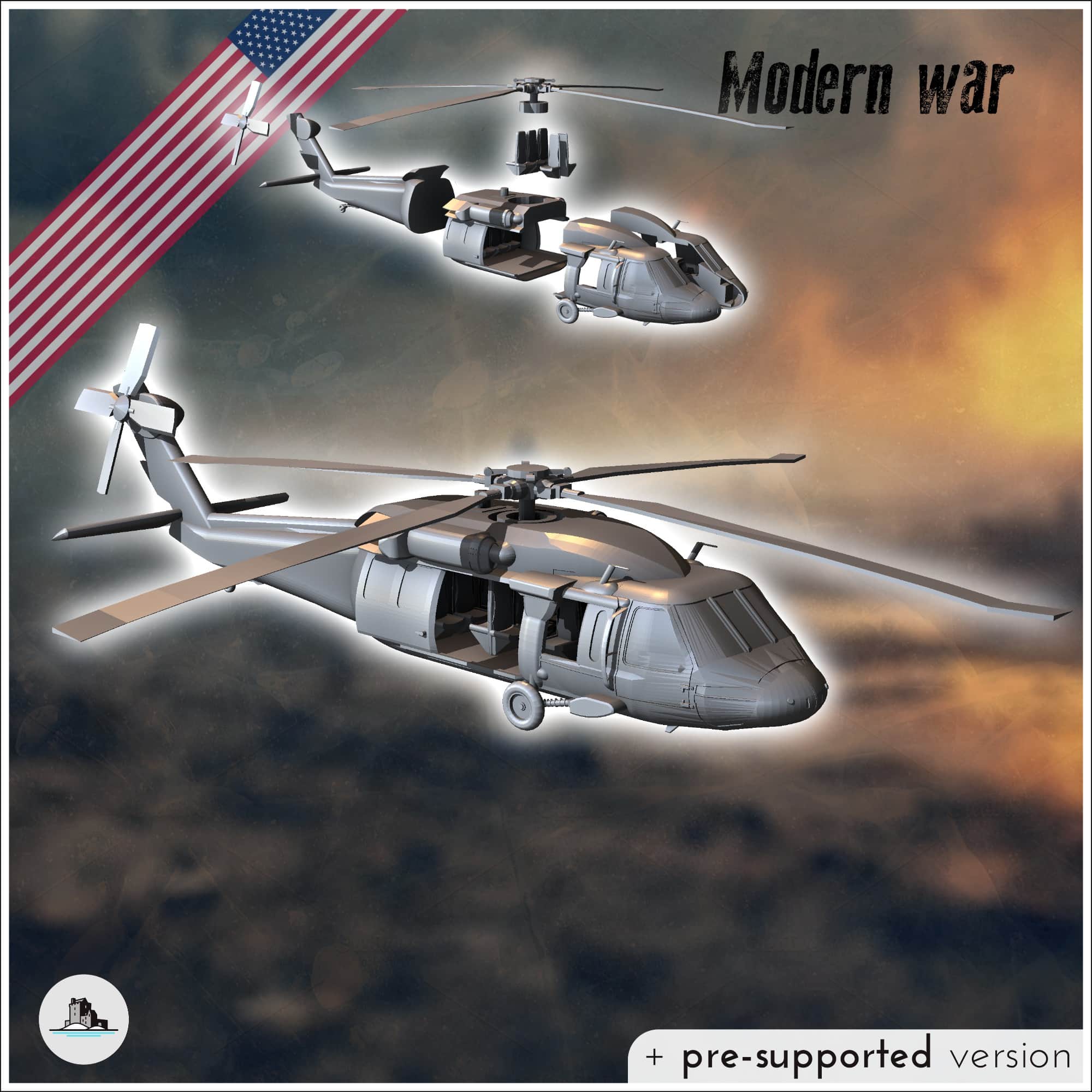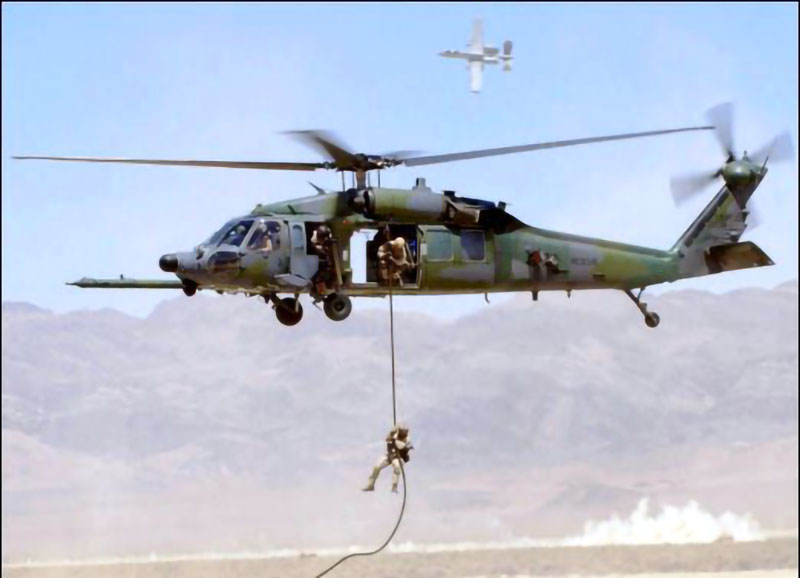The UH 60’s Enduring Legacy in Military Aviation and Its Global Impact
The UH 60’s Enduring Legacy in Military Aviation and Its Global Impact
Blog Article
Discovering the History and Development of the UH 60 Helicopter

Beginnings of the UH-60
The beginnings of the UH-60 helicopter can be traced back to the late 1960s, a period noted by the need for a versatile energy airplane that could adapt to the evolving needs of modern-day warfare. The U.S. Army acknowledged the need for a substitute for the older UH-1 Iroquois, which was ending up being significantly inadequate for the complexities of contemporary battle scenarios. In 1967, the Army started the Energy Tactical Transport Aircraft System (UTTAS) program, which sought to create a multi-role helicopter with the ability of various missions, including troop transport, clinical discharge, and logistical support.
The UH-60 Black Hawk was introduced, showcasing ingenious style elements and progressed modern technology that set it apart from its precursors. The UH-60 promptly gained recognition for its robust efficiency, reliability, and versatility, paving the way for its comprehensive usage in armed forces operations and strengthening its standing as a cornerstone of U.S. Military aeronautics.
Secret Design Features
Innovative design features of the UH-60 Black Hawk substantially contribute to its operational efficiency. Among the most noteworthy aspects is its twin-engine arrangement, which boosts reliability and supplies a higher power-to-weight proportion, enabling the helicopter to do under various problems. The aircraft's four-blade main rotor system supplies enhanced lift and maneuverability, important for tactical goals.

Furthermore, the cockpit is created for optimal visibility and comfort designs, featuring advanced avionics that improve pilot operations. The modular design of the UH-60 permits simple upkeep and adaptability, making it appropriate for various objective profiles, from troop transport to medevac procedures. These key style features ensure that the UH-60 Black Hawk continues to be a trusted and flexible asset in armed forces aviation, efficient in fulfilling the needs of modern-day warfare.
Technical Developments
Recent technological innovations in the UH-60 Black Hawk have actually significantly improved its operational abilities and versatility. The assimilation of advanced avionics, such as electronic trip control systems and enhanced situational awareness screens, permits pilots to run with increased precision and performance. These systems assist in enhanced navigating, communication, and data sharing, allowing the helicopter to operate efficiently in diverse settings.
Furthermore, the introduction of composite materials has actually lowered the general weight of the aircraft while maintaining architectural integrity. This reduction improves gas performance and extends operational variety. The consolidation of sophisticated blades modern technology, consisting of the use of four-blade, totally expressed rotor systems, has improved lift efficiency and ability to move, enabling much better handling in different trip conditions.

In addition, improvements in propulsion systems, such as the T700-GE-701D engines, have actually raised power output and integrity - uh 60. These engines contribute to superior performance in high-altitude and hot-weather conditions
Last but not least, the combination of self-defense systems and boosted sensor packages enhances the Black Hawk's survivability and objective performance. Collectively, these technical renovations make certain that the UH-60 Black Hawk continues to be an essential asset in modern air travel, qualified of adapting to the developing needs of army and humanitarian objectives.
Duty in Military Operations
As the foundation of U.S. Military aviation, the UH-60 helicopter plays an important function in different army operations, acting as a flexible system for combat assistance, transportation, and medevac goals - uh 60. Its pop over to these guys layout incorporates the capability to operate in diverse atmospheres, making it essential for troop activity and logistical assistance in both standard and non-traditional warfare

In medical emptying circumstances, the UH-60 has confirmed important, substantially minimizing the time to move injured soldiers from the combat zone to medical centers. Its innovative avionics and evening vision capacities even more make sure objective success under tough conditions. On the whole, the UH-60 helicopter continues to be a crucial asset, continuously adapting to fulfill the advancing demands of armed forces operations and boosting the effectiveness of U.S. pressures worldwide.
Future of the UH-60
Looking in advance, the future of the UH-60 helicopter entails substantial innovations in innovation and capacities made to improve its operational efficiency. As military operations develop, the UH-60 is expected to incorporate sophisticated innovations, consisting of boosted avionics, improved tools systems, and progressed interaction devices. These enhancements will certainly enable higher situational awareness and goal adaptability, making sure that the UH-60 remains a crucial possession on the battlefield.
One notable advancement is the integration of fly-by-wire systems, which will certainly improve flight control precision and lower pilot workload. Moreover, initiatives to update the airframe and engines intend to increase speed, variety, and haul capacity, thus broadening the helicopter's functional scope (uh 60).
The future likewise holds pledge for boosted interoperability with unmanned aerial systems (UAS), allowing collaborated goals that take advantage of both manned and unmanned capabilities. Furthermore, the incorporation of expert system and machine learning could optimize trip characteristics and upkeep procedures, bring about minimized functional costs.
Verdict
The UH-60 Black Hawk helicopter stands for a substantial success in armed forces air travel, evolving from the U.S. Military's preliminary demands for a versatile energy airplane. Its ingenious design features and continual technological improvements have guaranteed its significance in various army procedures over the years. As the demands of modern war change, the future of the UH-60 will likely involve additional enhancements and adjustments, strengthening its condition as an essential asset for militaries worldwide.
The UH-60 Black Hawk helicopter represents a substantial landmark in army aeronautics, emerging browse around this site from the United state Army's mission for a much more reliable and flexible utility airplane in the late 20th century.The origins of the UH-60 helicopter can be mapped back to the late 1960s, a period noted by the need for a versatile energy airplane that might adjust to the developing needs of contemporary war. In general, the UH-60 helicopter stays an essential asset, continuously adjusting to satisfy the evolving needs moved here of army operations and improving the performance of U.S. pressures worldwide.
Looking in advance, the future of the UH-60 helicopter involves substantial developments in modern technology and abilities made to enhance its operational performance.The UH-60 Black Hawk helicopter represents a considerable achievement in armed forces aeronautics, evolving from the United state Army's first demands for a functional utility airplane.
Report this page